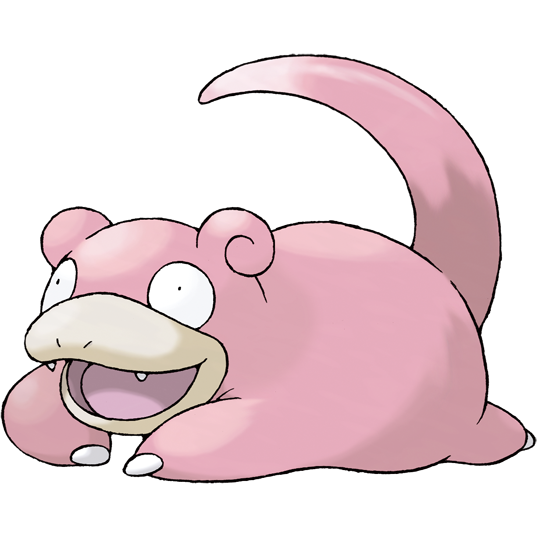I’m indigenous in northern Ontario and in the winters, especially late winter and the start of spring when we have lots of sun and lots of snow everywhere, snow blindness is no joke.
I’ve had snow blindness three times as a stupid little kid. It’s like having an uncontrollable itch behind your eyeballs. There’s nothing you can do about it and you can’t keep your eyes open either. The most comfortable thing to do is close your eyes and keep them closed until it gets better … which is usually a day or two … which makes you literally blind during that whole time.
We live just north enough to deal with some risk to snow blindness but south enough that it isn’t usually a problem for us. We live in the trees and forest so the light is always broken up even on the brightest days. The Inuit north of us have it worse, they live in the wide open unbroken snow and sun all winter long.
It isn’t a problem unless you’re a dumb kid that doesn’t want to listen to his parents.
I live in a warmer (and mountainous) clime, so that’s wild to me! I knew the term ‘snow blindness’ and that snow goggles were meant to prevent it, but I’d never seen a description of what it’s actually like. Unironically, thank you for sharing!
It isn’t a problem unless you’re a dumb kid that doesn’t want to listen to his parents.
Nearly a rite of passage, then? :p
Nearly a rite of passage, then? :p
Isn’t it the case with every dangerous thing in life? … it’s amazing any of us survive childhood … lol
I’m also of the culture that originated the derogatory term ‘Eskimo’ … it’s an Anglesized pronunciation of what we call the Inuit … we call them 'Ish-shish-kee-mel" … which translates to ‘Raw meat eater’
We have a lot of respect for the Inuit because they live in a much harsher climate … and conversely they respect us in our environment because they don’t know how to live in ours.
If the UV burn is bad enough it will feel like someone chucked a handful of sand in your eyes for 3-5 days, or worse, it really will blind you. Never weld without the mask folks
That sounds awful, but also that’s kind of fascinating? I’ve never heard an explanation of what it feels like. And what kid entirely listens to their parents when it comes to being outside? That’s where we learn our best, painful lessons, yeah?
I lived in the mountains in Colorado for a most of my childhood into mid-teens, and had some absolutely insane snow goggles for the few times I was allowed to go skiing (my mother was terrified I was going to injury myself, and couldn’t compete in screw-up-your-child athletics), and I definitely remember that if you went out without your goggles, your eyes would hurt so quickly, you’d sure as heck remember to put them on. I guess that makes sense for Colorado, since it’s in a weird position for, uh, extreme sun.
It is called “snow blindness” in norway. I spent a day with the medics, with salt water running into my eyes. And 2 months of very dark shades and pain killers.
Kind of like having sharp gravel under the eyelids, moving them was horrible.
i honestly didn’t think about it being that bad but i understand how it could since i get really bad migraines often times here the day after it snows when it’s sunnier out and it’s all reflecting off the snow. :(
It’s like a sunburn in your eyes.
cyberpunk 1977

“Wake up samurai, we’ve got an igloo to build.”
Snowpunk
The effectiveness of Inuit snow goggles lies in their ability to combat the unique challenges of the Arctic environment. Here’s a detailed breakdown of their functionality:
Reducing Light Exposure: The narrow slits drastically reduce the amount of light entering the eyes. By limiting the light intake, the goggles prevent the retina from being overwhelmed by the intense reflections off the snow and ice.
Blocking UV Rays: Snow reflects up to 80% of UV rays, which can cause severe eye damage. The slit design of the goggles blocks a significant portion of these harmful rays, protecting the eyes from potential injury.
Improving Focus and Depth Perception: The slits also help in focusing light more precisely onto the retina, enhancing depth perception and contrast. This is particularly useful in the flat, monochromatic landscapes of the Arctic, where distinguishing between different features can be challenging.
Ventilation and Anti-Fogging: The simple design of the goggles allows for natural ventilation, preventing fogging. Unlike modern goggles, there are no lenses to fog up, ensuring clear vision at all times.
https://inuitgoggles.com/blogs/notizie/how-do-inuit-snow-goggles-work
It feels like this was written by ChatGPT.
Considering that looks like a dropshipping site to sell cheap plastic versions of them, and the domain was registered in Feb of this year, I’d guess that you’re almost certainly correct.
Reading some comments I thought I’d reply.
The real problem isn’t so much in the winter (ski season). It’s in the summer but there’s still snow on the ground. You get the summer sun twice. From above and again when it bounces off the snow and up into your eyes.
The effect is like a sunburn in your eyes. I had it once hiking in the mountains (summer) and going over a longish section of snow.
If it’s anything like what you get from welding without protection, it can reach very remarkable levels of suck
Like cateracts.
Would they not more likely be made of bone than wood?
I’d wager bone is more abundant than wood for them?
Caption I found said it was wood, so I presumed they were correct, and the pair being worn in this photo was wood.
In addition to wood, they’re also commonly made out of bone or walrus ivory. I posted a nice pair on HistoryArtifacts too
Heard, I would presume your caption correct too with that provenance.
I wonder if wood ones would be considered “more valuable” somehow, though I think ivory or bone would be more comfortable and “aesthetically pleasing”
They were made of all sorts of things, this movie has some great examples.
I learned about snow blindness and those slitted goggles from an episode of Inspector Gadget
Yesss penny & brain fan club
Captain Cold











